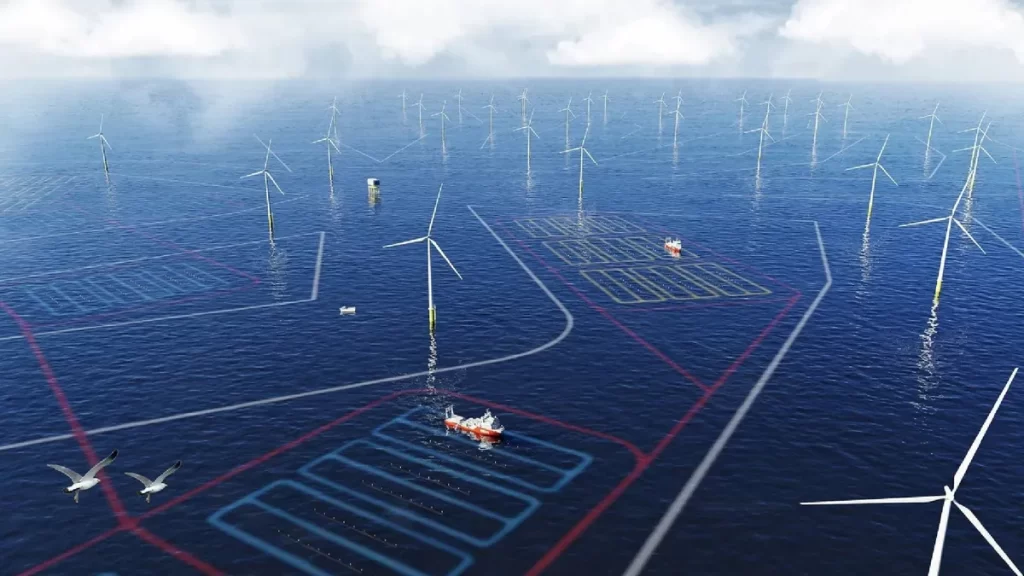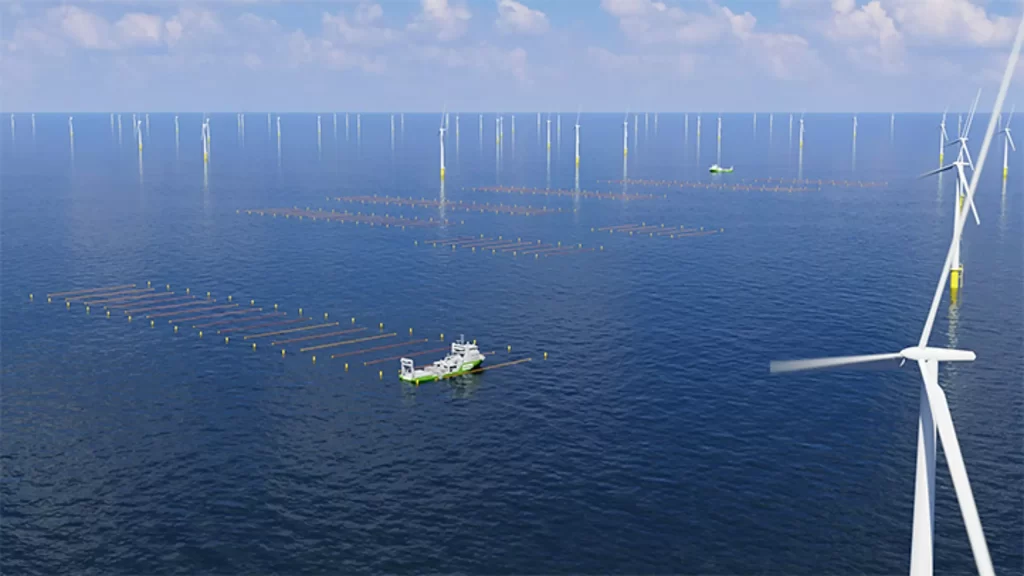Amazon is taking a step towards reducing its carbon footprint by testing a unique solution: seaweed farming between wind turbines. The project is a collaboration between Amazon and the Scottish Association for Marine Science (SAMS), which aims to develop innovative ways to reduce the amount of carbon dioxide in the atmosphere.
“Seaweed could be a key tool in removing carbon dioxide from the atmosphere, yet it’s currently farmed at a relatively small scale in Europe,” said Zak Watts, Director of EU Sustainability at Amazon, in his blog. “We’re delighted to fund this project to help us reach a greater understanding of its ability to help fight climate change.”

The idea behind the project is to use seaweed farming to capture carbon dioxide from the air and store it in the ocean. Seaweed is an incredibly efficient carbon sink, with the potential to capture and store up to 20 times more carbon than land-based plants. By farming seaweed in areas of the ocean with high levels of carbon dioxide, Amazon hopes to reduce the amount of carbon dioxide in the atmosphere.
“Amazon is granting $2.16 million (€1.5 million) to create this first-of-its-kind seaweed farm and carry out a year’s worth of scientific research into carbon reduction through seaweed farming,” further explained the blog. “The funding comes from its $100 million global Right Now Climate Fund—Amazon’s commitment to supporting nature-based solutions, which is in addition to the work the company is doing to decarbonize its business.”

The seaweed farms are being monitored by SAMS, which is collecting data on the growth of the seaweed as well as the amount of carbon dioxide that is being captured. The data will be used to refine the project and develop new methods of carbon capture and storage.
The project is part of Amazon’s commitment to be net-zero carbon by 2040 and is one of a number of initiatives the company is pursuing to reduce its carbon footprint. Amazon is also investing in renewable energy, with a goal of sourcing 100% of its energy needs from renewable sources by 2025.
The seaweed farming project is an exciting development in the fight against climate change and could pave the way for new ways of capturing and storing carbon dioxide. By working with organizations like SAMS, Amazon is demonstrating its commitment to reducing its environmental impact and driving positive change for the planet.


